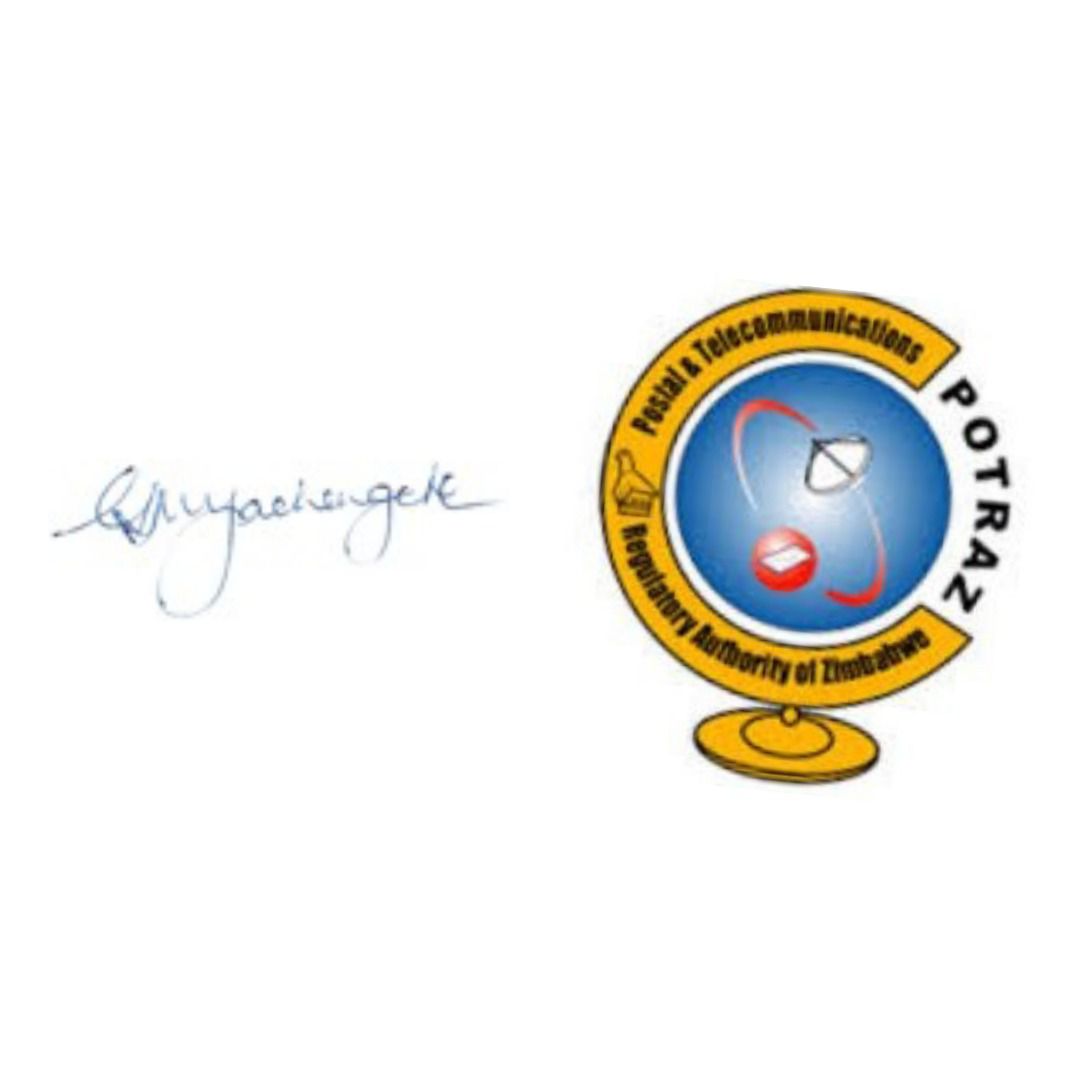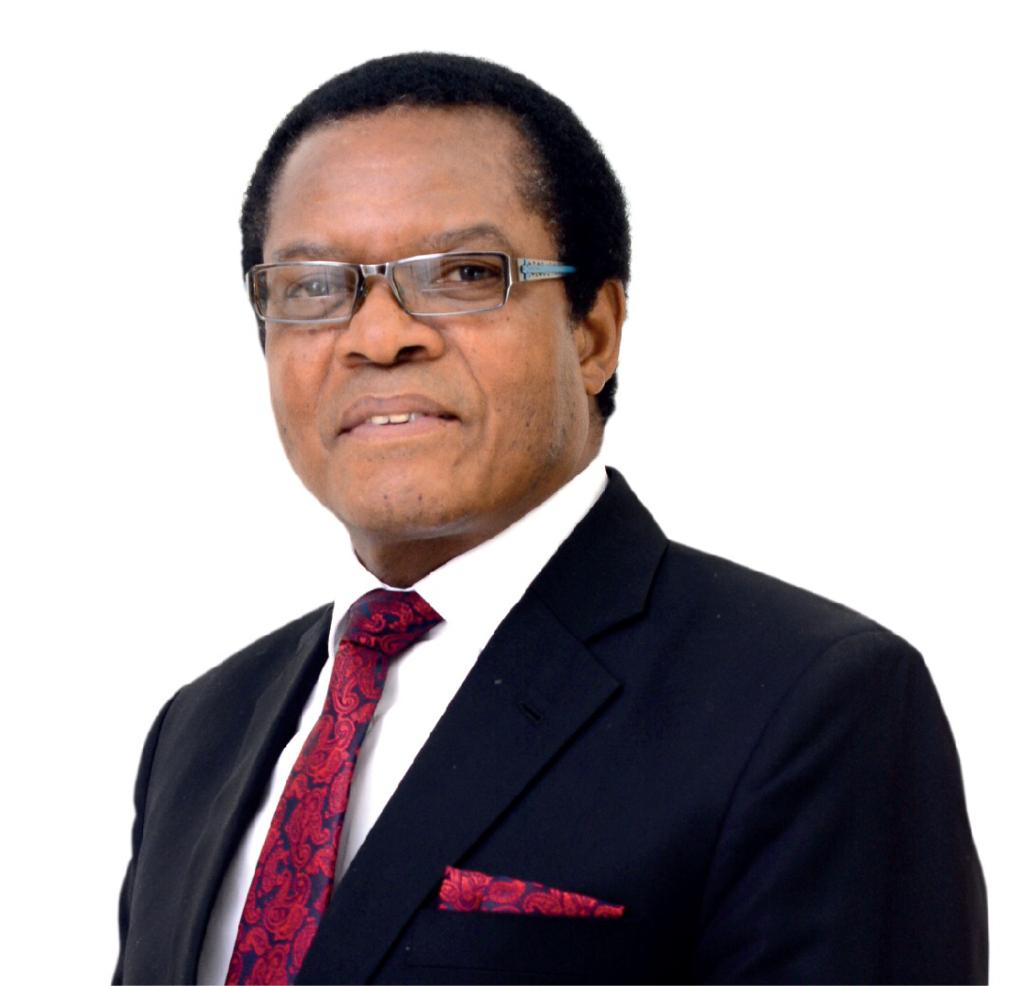|
Getting your Trinity Audio player ready…
|
Address by the POTRAZ Director-General, Dr. G.K. Machengete
The Director General of the Postal and Telecommunications Regulatory Authority of Zimbabwe (POTRAZ), hereby presents the key trends observed in the Postal and Telecommunication sectors during the second quarter of 2022 as follows:
Mobile, Internet/data and fixed telephone subscriptions Active fixed telephone lines increased 1.5% to reach 246,722 in the second quarter of 2022, from 243,123 recorded in the first quarter of 2022. Hence, the fixed teledensity increased by 0.03% to reach 1.63%, from 1.6%. On the other hand, the total number of active mobile subscriptions declined by 2% to reach 14,006,034 in the second quarter, from 14,289,085 recorded in the first quarter of 2022. Hence, the mobile penetration rate declined by 1% to reach 92.3% from 93.3%.
The total number of active Internet and data subscriptions also declined by 3.5% to reach 9,293,560, from 9,644,271 in the first quarter of 2022. Thus, the Internet penetration rate declined by 1.6% to reach 61.3% from 62.9%.
Increase in Internet & data usage
A total of 25,756 terabytes of mobile Internet and data were consumed in the second quarter of 2022. This represents a 16,8% increase in Internet and data traffic from 22,052 terabytes consumed in the first quarter of the year. Used Incoming International Internet Bandwidth Capacity increased by 0.9% to record 221,181Mbps, from 219,232Mbps recorded in the first quarter of 2022. Used Outgoing International Internet Bandwidth Capacity also increased by 4.6% to record 91,978Mbps, from 87,924 recorded in the first quarter of 2022. The growth in used outgoing international Internet bandwidth signifies growth in the consumption of local content abroad
A decline in Fixed Voice Traffic & Mobile Voice Traffic
Mobile voice traffic totalled 2.35 billion minutes in the second quarter of 2022. This represents a 32.6% growth from 1.77 billion minutes recorded in the first quarter of 2022. On the other hand, fixed telephone voice traffic declined by 9% to record 83.7 million minutes in the second quarter of 2022, from 92 million minutes recorded in the first quarter of 2022. The decline in fixed voice traffic may be attributable to a decline in active corporate lines in the quarter under review. The bulk of fixed voice traffic is generated by corporate lines.
Decline in postal and courier volumes
Total postal and courier volumes declined by 6% to record 523,342 items in the second quarter of 2022, from 556,618 items recorded in the first quarter. Postal and courier volumes have been continuously declining due to e-substitution, driven by technological advancements.
Growth in revenue and rising operating costs across all markets
The trend of growing revenue vis-a-vis growing operating costs continued into the second quarter of 2022. Total mobile operator revenues grew by 35.1% to record ZWL38.9 billion in the second quarter of 2022, from ZWL28.8 billion recorded in the first quarter of 2022. Operating costs by the mobile network operators grew by an even greater margin of 44.9% to record ZWL24.7 billion from ZWL17.01 billion.
Revenue generated by the fixed telephone network grew by 38.2% to record ZWL5.15 billion, from ZWL3.72 billion recorded in the first quarter of 2022; operating costs increased by an even bigger margin of 79.9% to record ZWL5.7 billion fromZWL3.17billion recorded in the previous quarter. IAP revenues grew by 45.5% to record ZWL15.07 billion in the second quarter of 2022, from ZWL10.36 billion recorded in the first quarter of 2022. On the other hand, operating costs by IAPs grew by 55.9% to record ZWL11.93 billion from ZWL7.65 billion recorded in the previous quarter.
Total revenue generated by the postal and courier sector increased by 34.9% to record ZWL1.5 billion in the second quarter of 2022 from ZWL1.1 billion recorded in the first quarter of 2022. Operating costs increased by 43% to record ZWL1.28 billion from ZWL895.3 million recorded in the first quarter of 2022.
CHALLENGES
The sector continues to be negatively affected by the inflationary operating environment, unavailability of credit, and shortage of foreign currency amongst other challenges. Prolonged load-shedding remains a challenge to operational efficiency, impacting the overall quality of service and raising the cost-of-service provision. The industry is heavily investing in alternative power sources.
The inadequate foreign currency continues to affect network expansion and maintenance efforts. Unlike other services that may have alternative local supply, the provision of telecommunication relies heavily on imports in the form of equipment, software as well as bandwidth. These challenges call for policy and strategic intervention at both sector and national levels.
INDUSTRY OUTLOOK
The telecommunications sector has continued to connect people, facilitate e-commerce, remote working, e-learning, e-health as well as access to financial services. The sector remains intrinsic to the country’s economic growth and has become an essential enabler for other sectors. The sector is set to continue enabling other sectors as envisioned in Government’s National Development Strategy One (NDS1).
There is a need for concerted efforts in the consolidation of strategies that deliberately focus on ICT development, executing smart policies, e-governance, and effective processes that embolden investments in ICTs and digital skills and embracing emerging technologies that are crucial to the digital economy.
Enhanced growth can be achieved through government intervention and innovative public-private partnerships aimed at improving the digital landscape by assuring access, equity, and affordability of telecommunication services to all.
.

